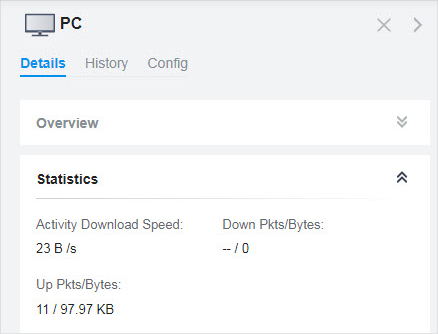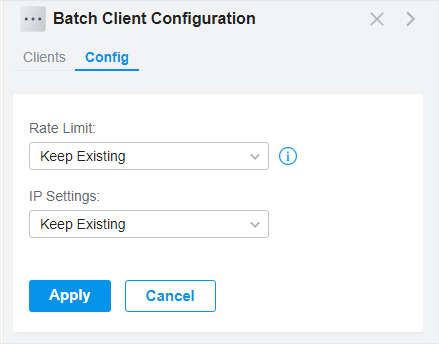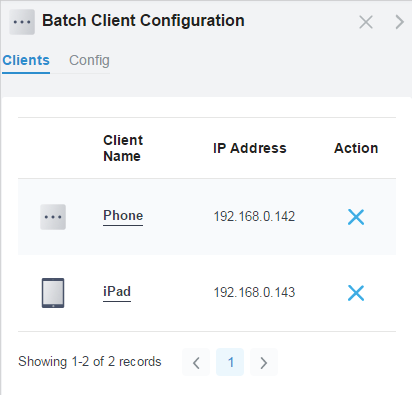Omada SDN Controller User Guide
- About this Guide
- Chapter 1 Omada SDN Controller Solution Overview
- Chapter 2 Get Started with Omada SDN Controller
- Chapter 3 Manage Omada Managed Devices and Sites
- Chapter 4 Configure the Network with Omada SDN Controller
- Chapter 5 Configure the Omada SDN Controller
- Chapter 6 Configure and Monitor Omada Managed Devices
- Chapter 7 Monitor and Manage the Clients
- Chapter 8 Monitor the network
- Chapter 9 Manage Administrator Accounts of Omada SDN Controller
- Chapter 10 Omada APP
7. Monitor and Manage the Clients
This chapter guides you on how to monitor and manage the clients through the Clients page using the clients table and the properties window and the Hotspot Manager system. To view clients that have connected to the network in the past, refer to View the Statistics During the Specified Period with Insight . This chapter includes the following sections:
7. 1 Manage Wired and Wireless Clients in Clients Page
7. 1. 1 Introduction to Clients Page
The Clients page offers a straight-forward way to manage and monitor clients. It displays all connected wired and wireless clients in the chosen site and their general information. You can also open the Properties window for detailed information and configurations.

|
|
|
|
|
|
|
|
7. 1. 2 Using the Clients Table to Monitor and Manage the Clients To quickly monitor and manage the clients, you can customize the columns and filter the clients for a better overview of their information. Also, quick operations and batch configuration are available. �? Customize the Information Columns
Click
To change the list order, click the column head and the icon
When this icon
�? Filter the Clients To search specific client(s), use the search box above the table. To filter the clients by their connection type, use the tab bars above the table. For wireless clients, you can further filter them by the frequency band and the type of connected wireless network.
�? Quick Operations For quick operations on a single client, click the icons in the Action column. The available icons vary according to the client status and connection type.
|




 appears in the Wireless Connection column, it indicates the client is in the power-saving mode.
appears in the Wireless Connection column, it indicates the client is in the power-saving mode.









 .
.





 in the Action column.
in the Action column.







 to print a single voucher, or click checkboxes of vouchers and click
to print a single voucher, or click checkboxes of vouchers and click
 to delete a single voucher, or
to delete a single voucher, or
 on the upper-right, and the following window pops up. Select a file in the format of CVS or Excel, and click
on the upper-right, and the following window pops up. Select a file in the format of CVS or Excel, and click


 on the lower-left, and the following window pops up.
on the lower-left, and the following window pops up.